In the wonderfully entertaining Mr. & Mrs. Smith, Brad Pitt’s title character notes that “In the end, you start to think about the beginning”. Philosophically, this tends to be the case. As the end of anything draws nearer, we tend to remember the spring of that thing, be it a relationship or a life.
In sport though, in the end, we tend to think about the end. This can be seen no clearer than in the case of Hashim Amla. A career which had over 18 000 runs and 55 centuries – both marks good for #2 on the all-time list in South African terms – seemed to really drag on by the end, with many calling for Zubayr Hamza to become his successor as it became clear that the well had run dry. Very few people, if any, called for him to stay once he did retire, and there has been no clamoring for his return in the way there was and continues to be for his 2004 debut alumni, AB de Villiers. Some of this obviously is because AB de Villiers was a superstar in global terms, and as such has a wider fan-base mourning his retirement. Indeed, while Amla has less than 100 000 followers on Instagram, his former team-mate has nearly 10 million.
The jewel in the Test crown
But there’s more to it than that. Quite simply, the end of Hashim Amla’s career just wasn’t pretty. Averages of 46 in Tests and 49 in ODI mask the fact that for the longest time, he comfortably averaged over 50 in both formats. His last two years in Test cricket saw him fail to average over 28, and he failed to cross an average of over 30 in three of his final five years. His Test average for a calendar year had not crossed 50 since 2014. It was better in ODI, but not by much. His average only crossed 50 once in the final four years. Basically, it was not pretty. A man who was the fastest batsman to 2000, 3000, 4000, 5000, 6000, 7000, and 8000 runs in ODI history, seemed mortal. At times he seemed below par.
But don’t let that confuse you. Prime Hashim Amla was a beast. He was possibly the single most vital wicket in the entire Protea set-up for almost half a decade. When South Africa went to Nagpur and dismantled India by an innings, he scored a magnificent double hundred to set it up. With a chance for a rare series victory in India on the line the next Test, Amla was the lone resistance, scoring twin hundreds in the Test. When South Africa walked to England in 2012 in arguably the definitive Test series of the era, it was Amla who set the tone in the first Test with a magnificent triple Century. A few months later, with the teams’ scores essentially level, Hashim Amla and AB de Villiers put together maybe the single most incredible session in Test Cricket in the last ten years of Test cricket in Australia to push South Africa from an advantageous position to one of complete dominance.
When the most iconic victories in a nation’s most golden age generally come from one man, it is hard to argue against him being the centrepiece of the artwork
Between 2008 and 2013, which are generally regarded as the golden years of South Africa’s golden era, no man scored more runs or more hundreds in South African colours than Hashim Amla. Of course, AB de Villiers had a higher average, but this is largely down to a rather large amount of not outs, as Amla scored more runs per game.
South Africa’s Test middle-order 2008-2013
| Hashim Amla | Jacques Kallis | AB de Villiers | |
| Matches | 55 | 54 | 56 |
| Runs | 4914 | 4007 | 4554 |
| Average | 58.5 | 50.08 | 63.38 |
| 100s | 17 | 16 | 15 |
An Inconvenient Truth
You could argue that for five golden years, Amla was the jewel in a studded crown, and maybe because of that, he was made the successor to Graeme Smith when Smith retired, rather young, following the 2014 series vs Australia. It was something of a surprise that Amla was made skipper over AB de Villiers. Some said he was not quite built for the leadership role, and he had not done much to negate these conceptions in the preceding years. After all, he was the man who stood down as vice-captain of the ODI team when he was expected to captain the ODI team for a series due to AB de Villiers being suspended. Not exactly the actions of a man itching for a leadership post. The counter to this, though was that Amla did win the First Class competition as captain at only 21-years old. Had Graeme Smith not been the incumbent at the time, that sort of achievement would have set him up to be the captain of the future. Also, outside of Aiden Markram, Amla is still the only man (or woman) to captain South Africa to a World Cup final at any level, leading the Under 19 outfit to the finals in 2002. There was an argument to be made that he was not only a viable candidate for captain but even that he was the correct choice. Of course, the last six months were disastrous, with a rather embarrassing 3-0 loss to India being compounded by a home loss to England. The ending was awful but it worth remembering that AB de Villiers was in charge for half of that England series and that Amla lost the toss in every single Test in India. Outside of the England tour in 2012, India went the entire decade without a single defeat at home in Test cricket when they won the toss. I submit to the court that disaster which was the end of the Amla was no fault of his own, but rather a confluence of factors beyond his control. Moreover, the idea that relieving him of the captaincy would elevate his game was proven to have been a wildly incorrect assertion. A player who at the time averaged roughly a century every four games suddenly averaged a Ton every nine Tests. A man who while being weighed down by captaincy still managed to average almost 50 with the bat suddenly averaged 36.23 post-captaincy. Some would argue that Amla was never going to age gracefully, given how much his game relied on otherworldly hand-eye co-ordination. This is a fair summation, certainly his whole career he looked like he should be an LBW/bowled candidate, given his propensity to walk across the crease.
| Captaincy Amla | Post-captaincy Amla | |
| Matches | 14 | 34 |
| Runs | 894 | 2174 |
| 100s | 3 | 4 |
| Average | 49.67 | 36.23 |
In the end, we can all bemoan the lack of runs his last 34 Tests. It is more than fair. But that’s a short-sighted view. Arguably, South Africa has never had a more aesthetically pleasing batsman, and for five golden years, the form and the function aligned in a way that allowed the entire batting line-up to click and dominate. Thank you, Hash.

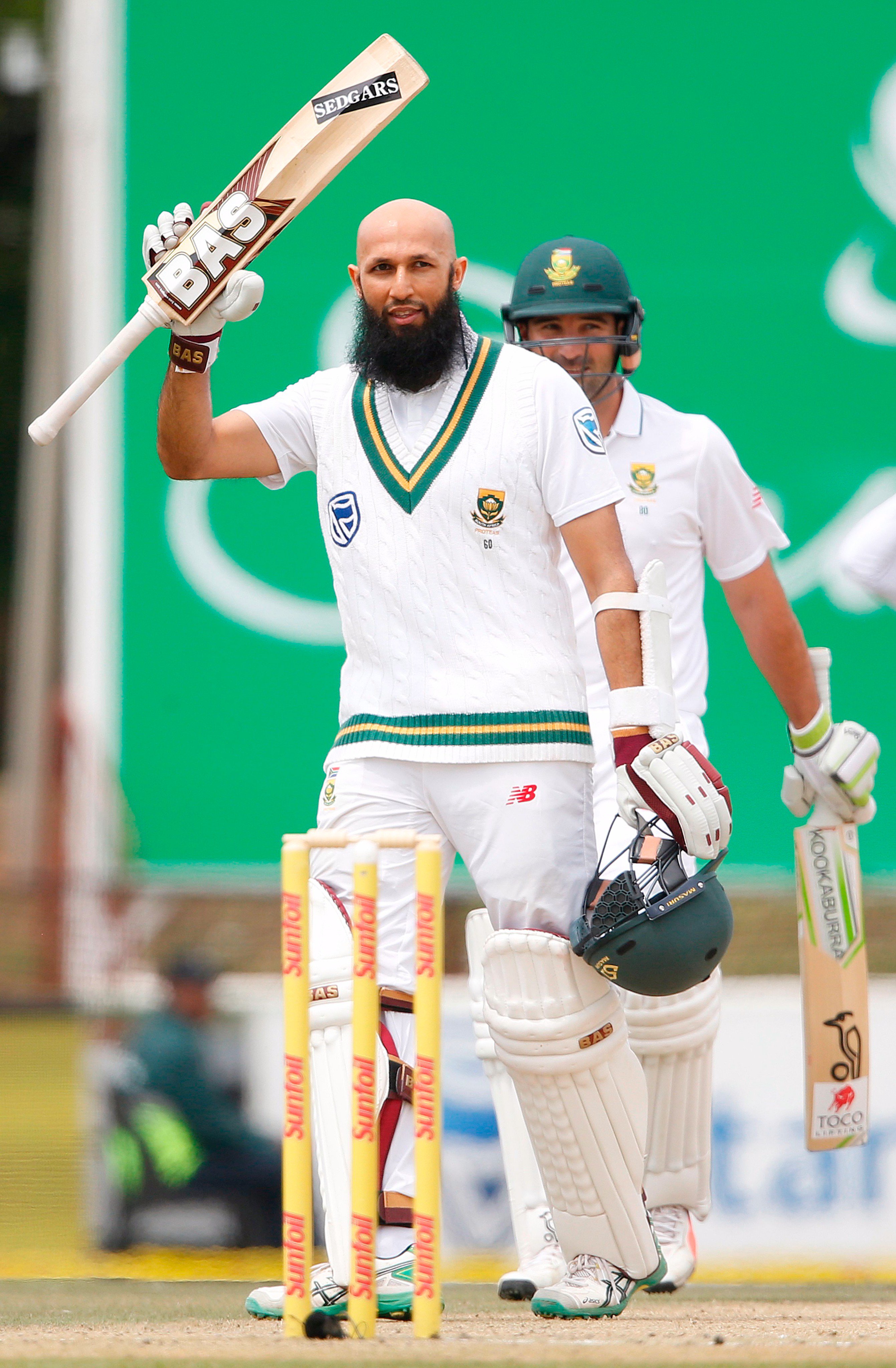
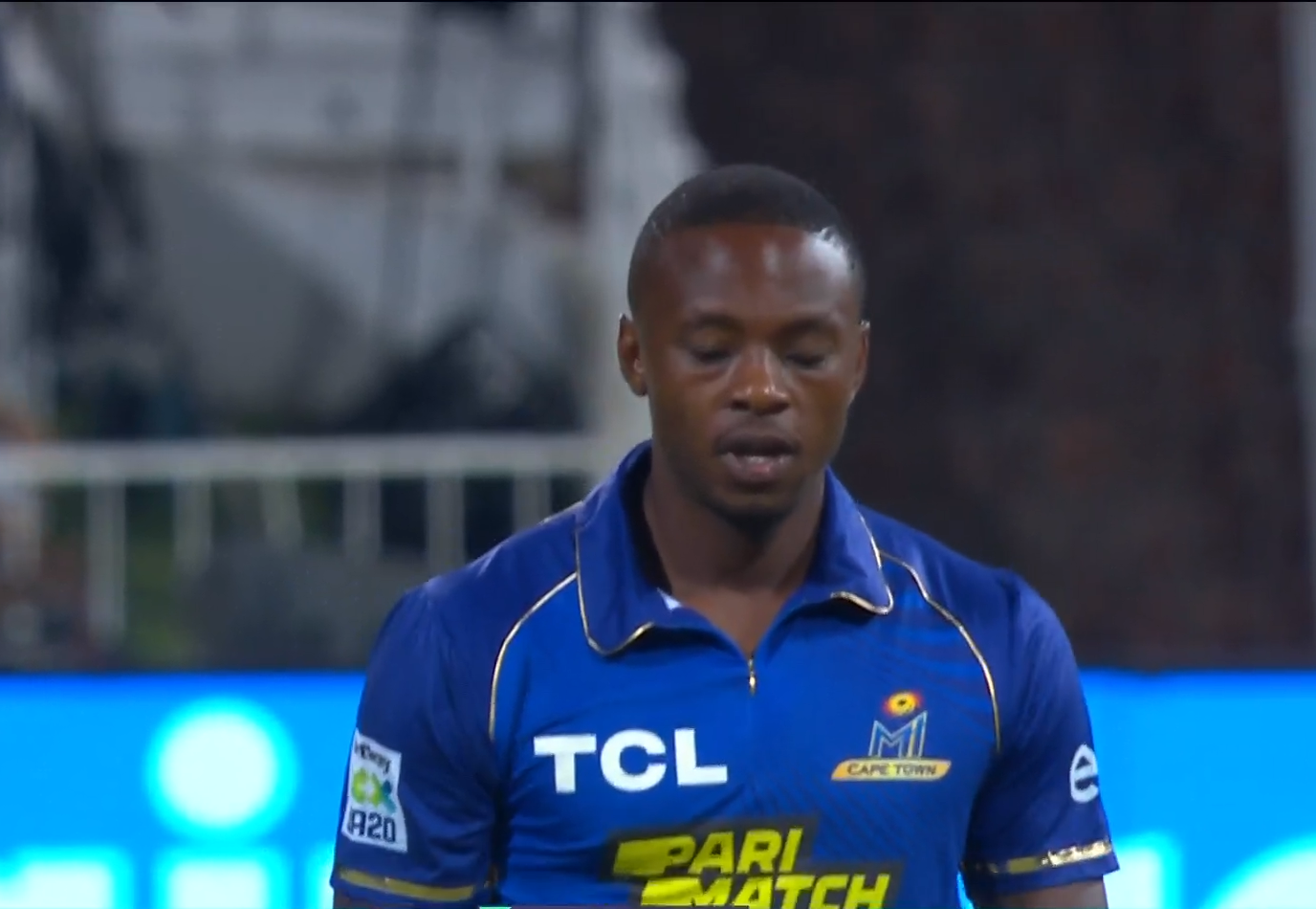
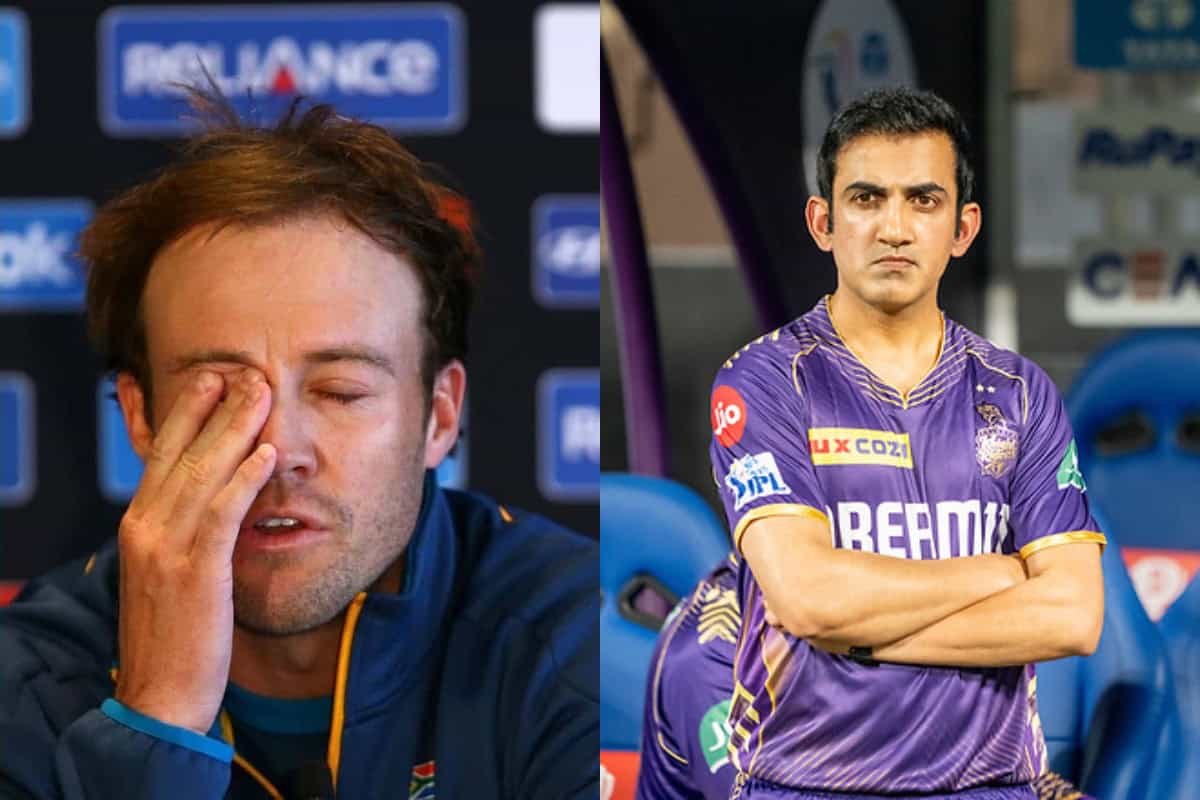
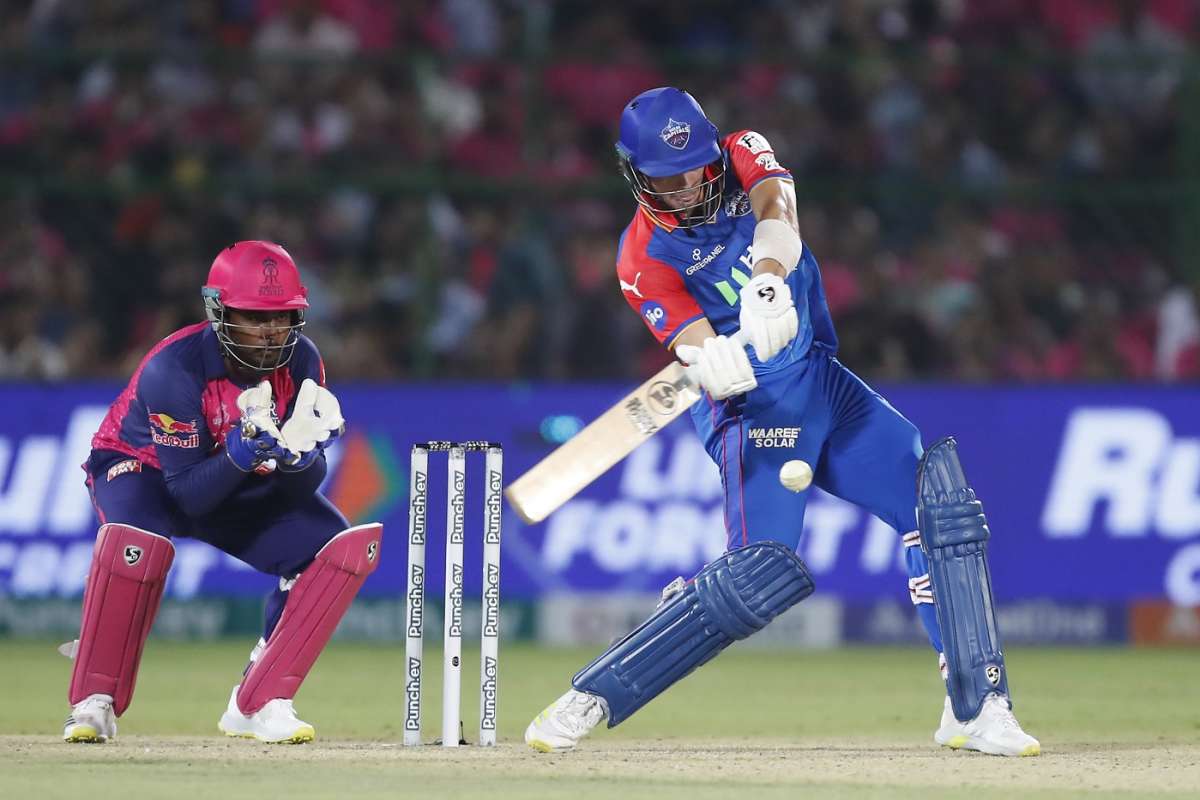
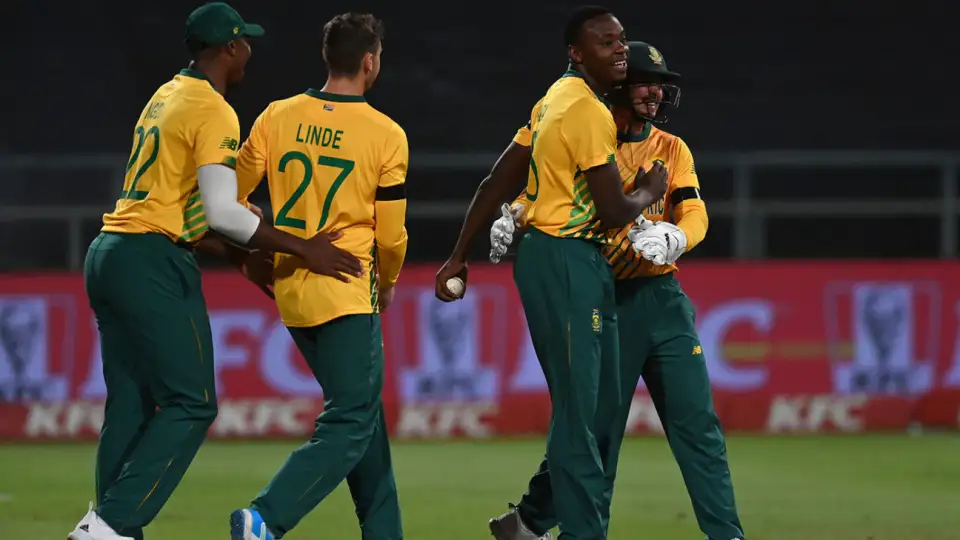
Leave a Reply